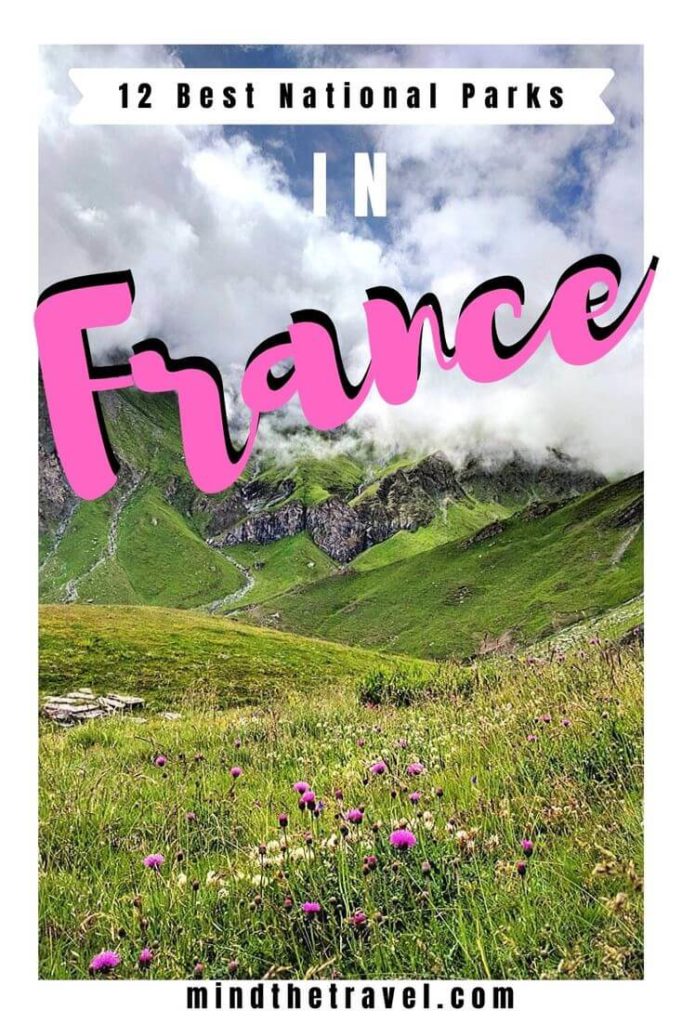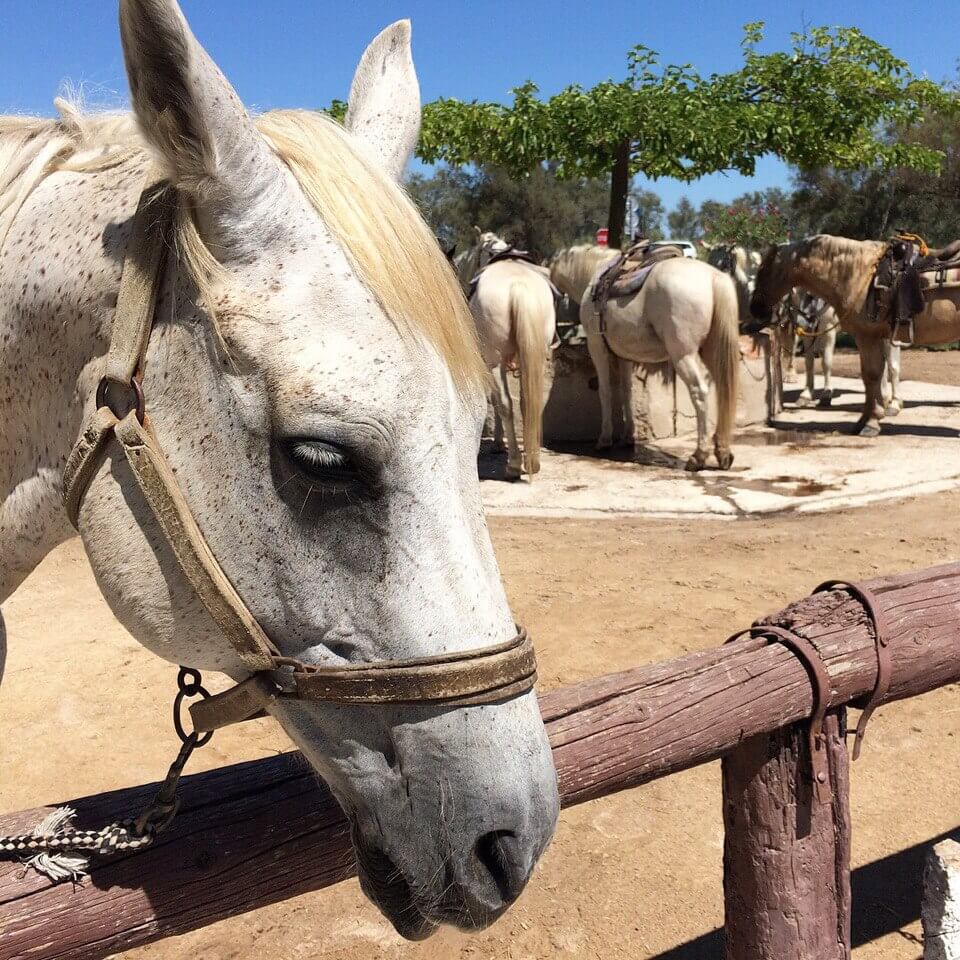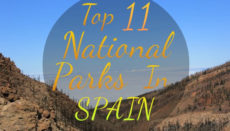12 Stunning National Parks and Regional Parks In France
While I love exploring aspects of urban spaces, my friends also know me as an avid hiker. Usually, when people think of France, I bet they are probably thinking of the Eiffel Tower, croissants, and the Louvre Museum. There’s plenty more to France than that, though! Yes, I’m talking about France’s lesser-known natural landscapes. Check my list of 12 stunning national parks and regional parks in France.
France is blessed with 10 incredible national parks within its borders and international territories. As you venture into the French countryside you will soon discover that national parks offer plenty of opportunities for wildlife spotting, hiking, cycling and enjoying the country’s biodiversity.
1. Mercantour National Park
Mercantour national park encompasses the south-east corner of France, approximately 425 square miles close to the border of Italy. It was created in 1979 in the area around Mount Gelas (Cime du Gelas) and Valley of Wonders (Vallee des Merveilles). Both are perfect destinations for walking, mountaineering, and hiking.

With over 150 miles of signposted hiking trails, the Mercantour national park is home to thousands of petroglyphs (ancient rock carvings from the Bronze Age). Most of them depict animals, weapons, and Bronze Age people. These cave paintings are just incredible and totally worth a visit at least once in a lifetime. There is also a Museum of Marvels in Tende.
Since 1987 Parks Alpi Marittime and Mercantour work together to protect nature, the landscapes, and the biological diversity of the region. One of their projects involves natural returning of wolves to the Southern Alps. While it already happened in 1992, and the wolves now live in the Parc Alpha. The park is absolutely beautiful. It offers an exciting opportunity to see the wolves, and it doesn’t make you feel like you’re visiting a zoo or safari park.
2. Port-Cros National Park
Port Cros is a small island in an island group that is also known as the Îles d’Hyères. This splendid island has given shelter to a national park, a marine park and both are pretty unique. While Port Cros may only be explored on foot, it involves a lot of walking.
I had incredible two days on the island that smell like a mix of eucalyptus and pine needles. My first plan was to loop the island, but I ended up cutting Port Cros in two. Some of the paths I’ve hiked were really popular and brought me to Plage du Sud. This is one of the most popular and accessible beaches on Port Cros. So if you don’t feel like rubbing elbows with tourist you may want to go swimming anywhere else.

If you’re into hiking, decent walking shoes is a must. As I was walking around Port Cros, I’ve noticed people swimming and sunbathing not only in designated spots but also in some secluded places. Remember that while swimming is allowed in the National Park, is it advisable to swim only in areas where it is permitted to avoid fines. Oh, keep in mind that smoking is prohibited beyond the village. Port-Cros sits just south of the mainland and is quite easy to visit by ferry from Saint-Pierre Marina in Hyères’.
3. Vanoise National Park
July 6, 1963, is the birthday of Vanoise national park. This essentially makes Vanoise the oldest national park in France. If you drive from Chaportmonix it only takes two hours to reach this national park. The Vanoise National Park stretches across much of the Tarentaise and Maurienne valleys until it finally reaches the Italian border, where it continues as Gran Paradiso National Park.
You can find Vanoise in the Savoie department in the Rhone-Alps region. The park is divided into two zones – the central one and the peripheral one. The central zone maintains maximum protection for the largest population of Alpine Ibex in France, as well as for a vast landscape of flora and fauna. The peripheral zone is home to 28 picturesque mountain villages.
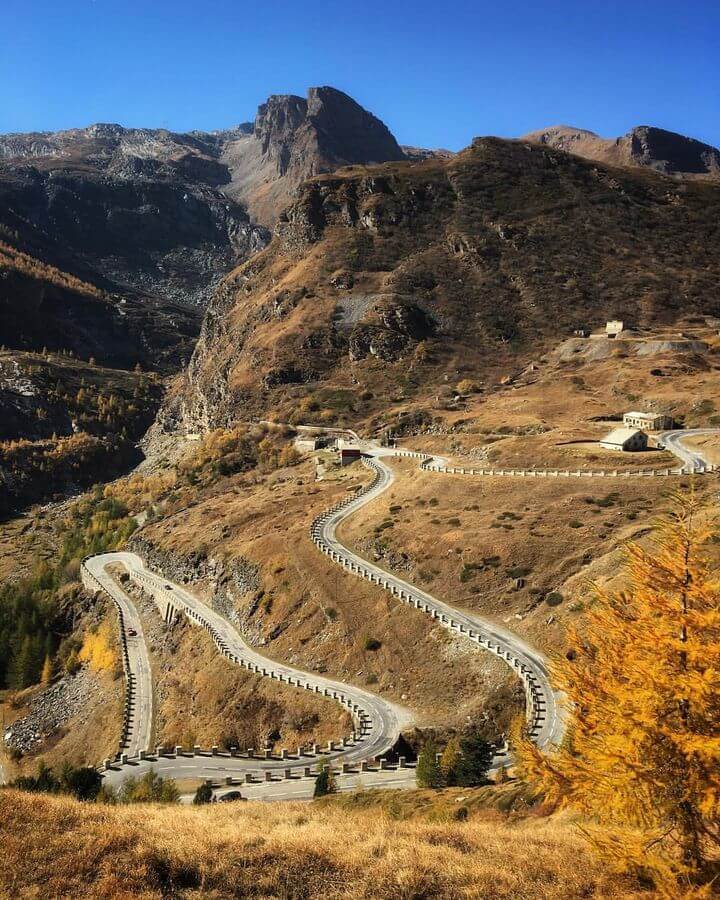
The area around Vanoise is filled with popular ski-resorts like Courchevel, Les Arcs, and Val-d’Isère. While I haven’t visited these, I do enjoy a quick hike that took me to some incredible vistas and cascades. I’m not much of a skier, but the region and skiing are obviously very popular in the winter.
If you travel by car take either A43 or D902 highways that go through the Maurienne valley. Alternatively, take N90 or D915 highways through Moutiers. If you prefer to travel by train you can reach the town of Modane and start your trip from there by riding a bus. The closest airports to Vanoise are Chambery, Grenoble Isere, Lyon-Satolas, and Geneve.
4. Ecrins National Park
When friends ask me whether they should pay a visit to Ecrins National Park, I usually say, yes, you should. Since 1973 Ecrins National Park is a paradise not just for experienced walkers looking for multi-day hikes, but also for outdoor enthusiasts challenging their daily walk.
The main reason to visit Ecrins is, of course, its amazing nature. With a staggering amount of lakes, narrow rocky valleys and glaciers between Gap, Briançon, and Grenoble, Barre des Écrins is the second-highest mountain in France after Mont Blanc. After gazing at the mountains, one may think he is in the Himalayan foothills than in the south of France.
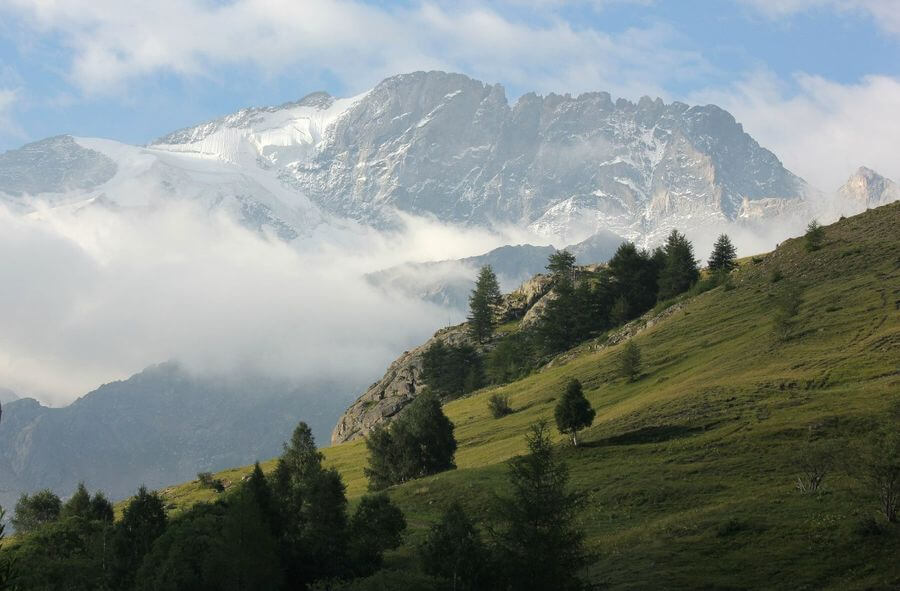
Read Next: 7 Most Epic Road Trips In the USA
Romanche, Guisane and Drac valleys surround the national park and provide excellent opportunities for trekking and exploring the local culture. In Highlands, there are more than one hundred designated hiking trails ranging from relatively easy to strenuous.
Ecrins has a sprawling network of secluded and remote deep valleys and high mountains. This makes exploring this national park so thrilling and rewarding. In fact, I can’t imagine a better place for escaping the crowds than Ecrins. While most of the observation points are only accessible on foot, reaching them may involve some strenuous workout. But they are well worth the effort. Don’t miss the visitor centers in Le Bourg-d’Oisans or Domaine de Charance in Gap for the detailed information about the mountains.
5. Queyras Regional Park
Queyras Regional Park (Parc Naturel regional du Queyras) may not be the largest nature reserve in France, but it is definitely one of the country’s most culturally rich regions. Here you can find a great variety of landscapes and natural environments. Located in the department of Hautes Alpes between Briancon and the Italian border, it is markedly different from the neighboring parks because of the unique mix of alpine nature and Mediterranean climate.
As you descend the mountains rocky wastelands, dense forests and green alpine meadows replace the vast thickets of evergreen shrubs. To visit Queyras means to explore this sprawling regional park on foot, on horseback or by bicycle. Herewith, access to all parts of the park is completely free.
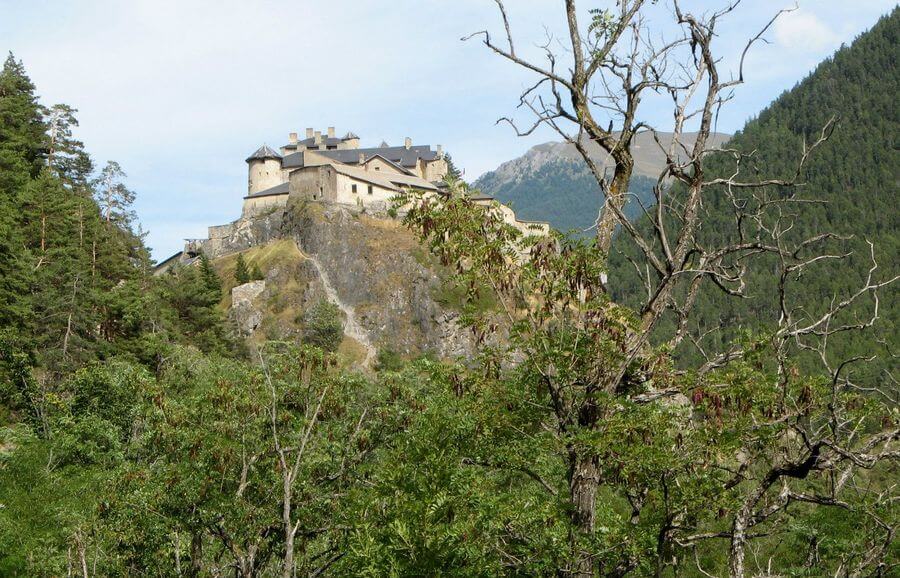
With a number of tiny picturesque villages like Aiguilles, Arvieux, Ceillac, Château Ville Vieille, and Molines en Queyras, creating a hiking trail becomes much easier here. Oh, and don’t forget to try the regional specialties that include cheeses, honey, and génépi. Visiting Queyras is like stepping away from the tourist trail and exploring a true hidden gem.
6. Pyrenees National Park
Pyrenees national park (Parc national des Pyrenees, est. 1967) stretches 65 miles along the border with Spain. It occupies nearly 285 sq miles (nearly half of the French Pyrenees) and forms massive conservation areas. The region is attractive not only for its unique natural environment and wildlife. It is easily accessible and has a great number of historical sites.
Dense beech and poplar forests, towering mountains and beautiful waterfalls are the main reason to visit Pyrenees national park. The French Pyrenees is home to the most amazing natural monuments in the region. Mount Vignemale (10820 feet), the famous Cirque de Gavarnie, about 200 lakes and one of the highest waterfalls in Europe – the Gavarnie Falls. The particularly interesting place to visit here is the town of Lourdes that once was an important center of religious pilgrimage in Western Europe, not to mention numerous castles and mountain villages.
Before you go you will want to check for information on trails and routes in one of the visitor centers in Tarbes, Etsaut, Saint-Lary, Luz-Saint-Sauveur, Gavarnie, Cauterets or Arrens-Marsous. You can reach the park by using Tarbes-Lourdes-Pyrenees Airport or the Pau-Pyrenees Airport. If you travel by train you can consider taking a train from Bayonne to Toulouse or a bus going through Tarbes. Renting a car is a convenient way to explore attractive regions in northern Spain and see remote mountainous areas.
7. Cevennes National Park
I love Cevennes National Park. With the granite massif of Mount Lozère, Jonte gorge, and the famous Stevenson Trail (the Grande Randonnée 70), this UNESCO site in the southwest of France is stunningly impressive.
As you hike up the mountains, peatlands and rocky wastelands replace sub-alpine meadows. Steppes and meadows stretch along the western slopes. Rocky valleys of the southern slopes are rich in subtropical vegetation, beech, chestnut and oak forests. 143000 acres form the largest protected area of southern France.
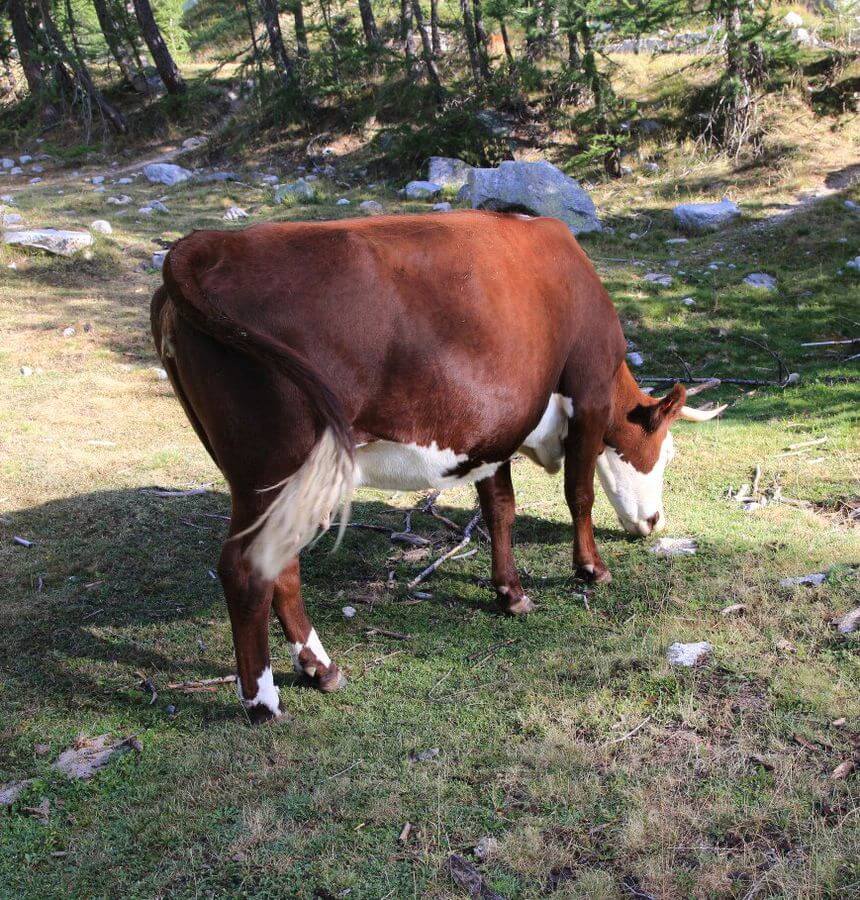
Read Next: Top Things to Do in Athens
Cevennes is home to 33 out of 400 endangered species, not to mention almost a hundred of endemic plant species. This turns out to be quite surprising given the fact that nearly 25 percent of all slopes are utilized for livestock grazing.
The park is dotted with quaint hilltop villages that provide excellent accommodation options. Guesthouses, rural lodgings or B&B are available in case you want to spend some time with locals. With the highest concentration of hiking trails in the country, Cevennes is still is an area surprisingly untravelled.
Head to Florac for the park information center or visit local offices in the towns of Le Pont de Montvert, Genolhac, Valleraugue and Le Vigan. You can easily reach the Cevennes national park by driving two major highways (Paris – Nimes, or Beziers – Clermont-Ferrand) stretching the park from the East and West respectively. The core zone of the park is only available for off-road, horseback riding and hiking.
8. Camargue Regional Park
It is one of the most famous nature parks in the country. It occupies the vast western part of the Rhone River delta. This region is unique for its salt and reed marshes, marine lagoons, hundreds of channels and sand islands. There is no way you can find similar relic prairies anywhere else on the mainland. Pink flamingos, egrets, and numerous waterfowl are still nesting in a total area of more than 930 sq miles. You can observe more than a hundred mammal species in a unique juniper forest and brackish water of the estuaries. The top reason to visit Camargue is its famous white horses because they won’t be found anywhere else in Europe.
9. Brenne Natural Park
La Brenne is definitely one of France’s best-kept secrets, and probably the most important lake reserve in France. Despite the fact that French people consider the park as lacustrine wetlands, the area actually has almost no natural lakes. Almost all of the nearly 1400 ancient water bodies have long been adapted to economic needs. Linked by canals and channels they are, rather, ponds and reservoirs than lakes. However, vast wetlands between Creuse and Indre, as well as dense vegetation provide a safe and comfortable environment in which birds can nest successfully.

The hilly Petit-Brenn region in the southern part isn’t the official part of the park and is utilized for livestock grazing. The local wooded areas with lots of hedgerows have become a refuge for thousands of living beings that coexist with humans almost seamlessly. The main reason to visit Brenne is the bird seasonal migration that offers a chance to see more than 140 species. Brenne is a habitat for the largest population of European aquatic tortoise in France. La Brenne is the most popular park for active sports that has a really convenient location.
With plenty of signposted hiking trails in the park, about one hundred trails offer easy and short hikes. At the same time, only two trails are dedicated for a multi-day hike. Сyclists can use not only specialized trails for downhill but also local roads due to low traffic in the region. There are several equestrian centers that organize horse rides. Architecture is yet another reason to visit Brenne natural park. Distinctive local architecture, famous for red sandstone houses and several castles, monasteries, and museums attract travelers. You can reach the park by car from virtually anywhere in France by driving through Poitiers and Chateauroux. From the town of Chateauroux start several roads framing the entire territory of Brenne.
10. Haut-Languedoc Regional Park
Between Toulouse and Montpellier, there is a Haut-Languedoc regional park. The park was established on October 22, 1973. Due to its vastness, the park has seven unique environmental zones. Haut-Languedoc is well-known for a wide array of bird species. Around 247 species live here.
In several recent years, park workers have been restoring and maintaining mouflon livestock that was once totally exterminated in the mountainous area around. A wide range of climatic conditions and landscapes make this park a connecting link between the hot southern regions and cool northern lands. Haut-Languedoc regional park features all types of animal and plant species that are typical for Western Europe.
Read Next: Things to Do in Vienna
Outdoor enthusiasts will find picturesque valleys, fairly low mountain ranges, forested mountains and stone placers of ancient volcanic fields. As well as numerous rivers and lakes. Head to Saint-Pons-de-Thomieres for the park’s main information center. Several surrounding towns of Tar and Herault departments also have additional offices. To reach the Haut-Languedoc park by car drive from Toulouse through Revel (when going from the West). Or from Montpellier through Clermont-l’Herault (when going from the South).
11. Verdon regional park
You can find Verdon in the southeast corner of France in the Alpes de Haute Provence department. The park has the second largest gorge in the world with the size of half a mile deep and 15 miles long. Verdon Gorge is very popular with travelers and hikers alike. With a bunch of options available you can drive around its rim, rent kayaks or hike. Or try rock climbing on the limestone walls.

Read Next: How To Choose The Next Travel Destination
If you want to see the most impressive part, head to the towns of Castellane and Moustiers-Sainte-Marie. Because of the fact that gorge slopes are of different inclination, the forest is stunningly beautiful. The rocky areas are popular with climbers. More than 1,500 trails are laid out with the elevation ranging from 65 to 1300 feet. Around a hundred hiking trails are available to enjoy astonishing views.
Due to proximity to the Côte d’Azur and the Luberon mountains, Verdon park is very popular with travelers. You can reach the park by using road D952 from Castellana to Moustiers-Sainte-Marie when going from the north. Or use the road D71, through Aiguines.
12. Corse Regional Park
The Corse Regional Park covers about 40% of the total area on the island of Corsica in the Mediterranean Sea. This nature reserve includes the unique mountain areas, volcanic landscapes, dozens of lakes and majestic mountain peaks, usually snow-covered. The park is home to more than a hundred mammal and bird species and about 1,140 species of mountain plants. The abundance of pristine mountain areas, lakes and picturesque villages attracts outdoor enthusiasts and culture lovers. Any point on the island is easily accessible by car.
PIN FOR LATER!
